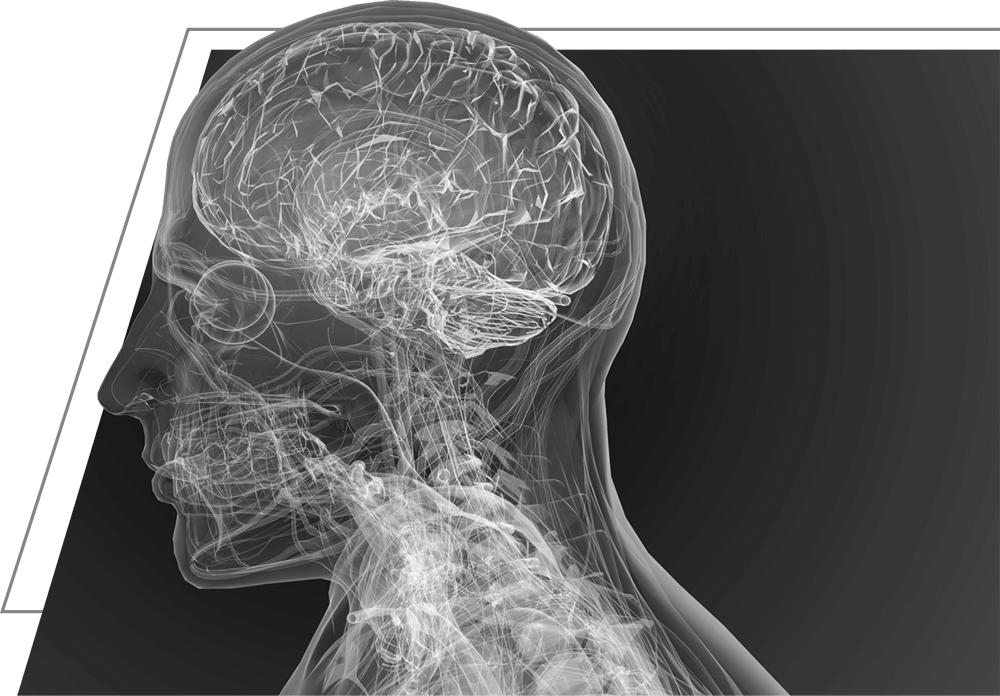
Ventriculoperitoneal Shunt for Hydrocephalus
- Degenerative Disc Disease
- Herniated Disc
- Lower Back Pain
- Neck Pain
- Sciatica (Lumbar Radiculopathy)
- Spinal Arthritis
- Spinal Deformities
- Spine Infections
- Spinal Stenosis
- Spine Trauma and Spinal Cord Injuries
- Spinal Tumors and Cancer
- Spondylosis
- Tingling in Arms (Cervical Radiculopathy)
- Upper Back Pain
Ventriculoperitoneal shunts are used to treat hydrocephalus. It diverts spinal fluid away from the brain and is one of the most high-impance medical procedures made in neurosurgical patient care.
What is a ventriculoperitoneal shunt?
Ventriculoperitoneal (VP) shunting relieves pressure on the brain caused by the accumulation of cerebrospinal fluid (CSF) that surrounds your brain and spinal cord. A shunt is a medical device that requires surgery to place it. VP shunting primarily treats a condition called hydrocephalus, when excess cerebrospinal fluid (CSF) collects in the brain’s ventricles.
How does a ventriculoperitoneal shunt work?
A VP shunt works by taking the fluid out of your brain and moving it into your abdomen (belly), where it’s then absorbed by your body. When the excess fluid is removed, it lowers the pressure and swelling in the brain. The shunt is placed in the head with a valve that controls the flow of CSF fluid. As the VP shunt drains extra CSF and lessens the pressure in your brain, symptoms may ease either immediately or will go away more slowly, sometimes within a few weeks.
Ventriculoperitoneal Shunt for Hydrocephalus
During this surgical procedure, a small drainage tube is implanted to relieve the pressure of hydrocephalus. Hydrocephalus is a condition that develops when excess cerebrospinal fluid builds up within the ventricles of the brain.
If you are in the North Houston, Conroe, The Woodlands, Spring area and believe you need to see a brain and spine specialist for a ventriculoperitoneal shunt for hydrocephalus, call our office at 281-880-0700 to schedule an appointment with Dr. Fayaz.